Featured Podcast
Garbage Facts
Garbage ['gär-bij]
Discarded material.
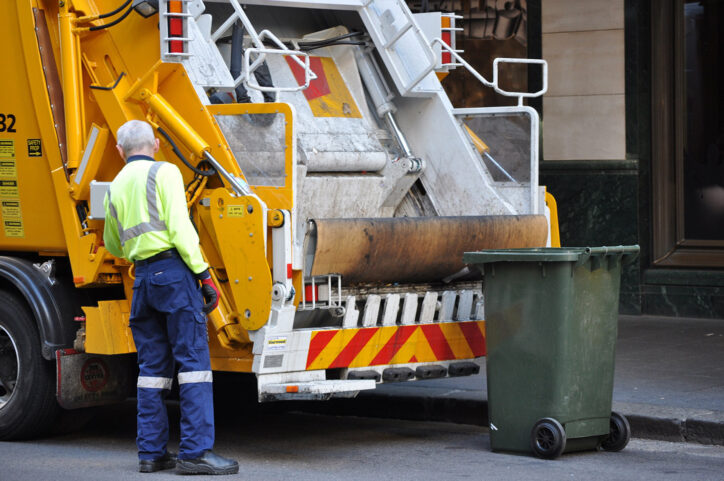
Have you thrown something away today? If you are like most people, the answer would be “yes.” In fact, the average amount of garbage thrown away each day is about five pounds per person. Every day, Americans throw away enough garbage to fill 63,000 garbage trucks. In one year, that’s enough garbage that if we lined up the trucks end-to-end, they would reach halfway to the moon!
So where does garbage come from? Where does it go? What can we do to decrease the amount of garbage we create? Let's find out.
Garbage Comes in Two Forms
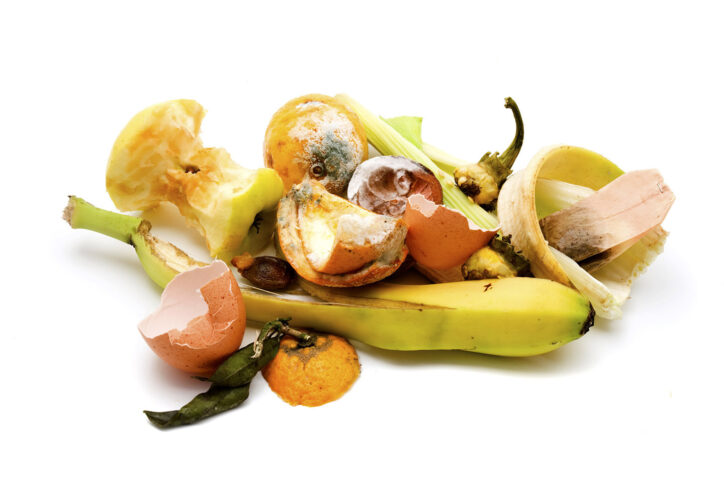
The garbage we throw away includes food, bags, cans, paper, toys, clothes, branches, boxes – anything that is used up, broken, or no longer wanted or needed. Garbage is said to be either biodegradable and non-biodegradable. Biodegradable means that the trash will decay and can become soil. Yes, soil! Soil is composed of decayed plants and animals, along with broken pieces of rocks and minerals. Biodegradable items are plants, plant parts, animal waste, and parts of animals, such as hair, skin and muscles. Paper is a good example of a biodegradable material. It comes from trees, so it falls into the "plant parts" category. If you bury a piece of paper in the flowerbed in your backyard, it will decay and in approximately three months' time, you will not be able to find it.

Non-biodegradable garbage does not decay or break down by natural processes, or in some cases it will decay only after hundreds or thousands of years. These items are usually made from chemicals or minerals that do not break down. Aluminum foil could be buried next to that piece of paper in your back yard and, after a year, it will look almost like it did the day it was buried — while the piece of paper will be decaying or gone. Plastic, glass, rubber, and aluminum cans are just a few examples of non-biodegradable trash.
View a chart that helps you see how much time the process of decay can take for different types of garbage.
How Does Garbage Decay?
Biodegradable matter will decay if given enough time. The time can vary depending on the density of the matter, weather conditions, location, temperature, and the number of decomposers that live in that area. What are decomposers and what do they do with garbage?

Decomposers can be animals, earthworms, insects, fungus, bacteria, or any other organism that eats biodegradable matter. If you dropped an apple core on the playground at school, it would not take long before the apple core would begin to rot. Small animals may come and nibble on the remains of your apple. Some might even take the apple to their home. But even if they didn't, bacteria from your saliva would begin to digest your apple. Mold or another fungus might begin to grow on the core. Insects and birds might eat from it too. And before you know it, the apple would be gone. Some bits of the apple actually became part of the creature that ate it, but some of it was reduced by decomposers to humus or soil.
Have you ever noticed that when leaves fall in autumn, they can pile up around doorways or under bushes and trees? If they don't get raked and removed, that happens year after year. So why don't we see gigantic piles of leaves everywhere from decades of accumulation? The answer is that decomposers are nature’s clean-up crew. Leaves decompose rather quickly and return to the soil. They become humus. The energy that was in that leaf when it was on the tree returns to the soil and will provide nutrients for the plants that will grow there later on. Decomposers not only prevent waste from piling up, they keep nutrients flowing through the ecosystem.
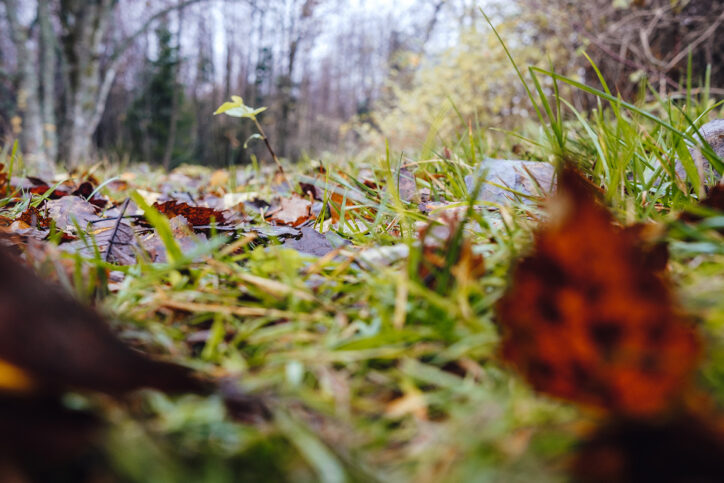
Learn more about decomposers and nature’s recycling system in Science Trek: Soil and Science Trek: Food Web.
Where Does Our Garbage Go?
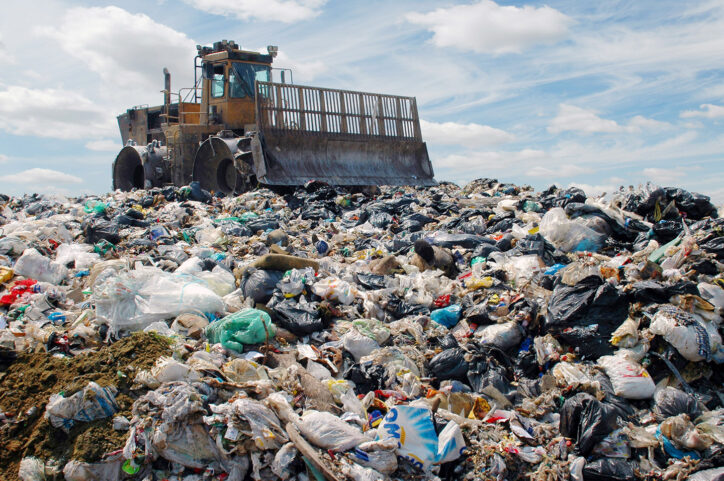
In the past, people have dealt with trash in different ways. The earliest humans didn’t have much trash, because most of what they used was biodegradable. But as populations increased and cities developed, more garbage was generated. Often the trash was just thrown into the streets or discarded in open pits or waterways. These garbage sites often attracted pests that spread harmful diseases, polluted water supplies, and had a terrible odor for people living nearby.
Today, waste management is an important part of modern living. In our homes and schools, we dispose of waste in trash cans or other receptacles. The smaller trash cans are emptied into big garbage bins, and about once a week, we put those out for the garbage workers to collect. These people may be called trash collectors, waste handlers or sanitation workers. Our trash is then dumped into a huge truck and hauled to the landfill in many communities. About 65% of trash in the United States goes to landfills.

In most modern landfills, trash is compacted and buried under layers of soil. Landfills are designed to minimize the effects of trash on human health and the environment. They are sealed and lined so that hazardous waste cannot leak and pollute the soil or groundwater. A lot of planning goes into the work done at a landfill. Waste management companies find and implement ways to store garbage efficiently, safely, and cost-effectively. You can learn more about landfills and solid waste management by taking this virtual field trip.
In some areas, trash is burned in incinerators known as waste-to-energy sites. These are special facilities that burn the trash down to ash. The ash is then buried in landfills. Scrubbers and filters are used to make sure the incinerators do not release pollution during the burning process. The heat generated by burning trash is used to create electricity. Learn more about incinerators and how they work.
Even with modern techniques, landfills still present some problems. More garbage comes in every day, and landfills fill up – which means that more land space must be used for new landfills. Accidental leaks can still happen. Methane gas and other pollutants escaping from the landfill can cause environmental problems. Also, in many areas of the world, sanitary procedures are not implemented to manage landfills, endangering human health. Ultimately, the best course to take is to reduce the amount of waste that has to be transported to landfills.
Reduce, Reuse, Recycle

You may be familiar with the 3Rs: Reduce, Reuse, Recycle. These three important actions help us decrease the amount of garbage we throw away into the landfill. Our actions do affect the health of our planet, and little things we do each day can make a big difference.
First of all, we can reduce the amount of waste we produce by buying less. For example, we can purchase items that have less packaging, and we can reduce food waste by buying only what we will eat. We can learn to repair things that are broken rather than throwing them away and buying new ones.

Second, reusing and repurposing are good ways to keep trash out of the landfill. Most of us have received clothing from an older brother, sister, or cousin that didn’t fit the original owner anymore. That’s a good way to reuse! Here are some other ideas:
- Use the back side of a sheet of paper instead of throwing it away when only the front side was written on.
- Keep crayons and pencils until they are no longer useful instead of throwing them away at the end of each school year.
- Carry a re-usable metal water bottle instead of buying water in plastic bottles that are used only once.
- Bring a reusable cloth shopping bag to the store rather than using plastic bags.
- Reuse plastic containers that food comes in. Refill them with leftovers or lunch box items, or store your art supplies in them.
- Use rechargeable batteries.
- Use washable utensils and dishes rather than disposables.
- Donate things you no longer want to charities.
- With your friends, trade or share things like costumes or party decorations so that new ones don’t have to be purchased.
- Try taking a waste-free lunch to school and see if you can add nothing to the trash can.

Third, when things cannot be re-used, they can often be recycled. Recycling is something nature does well by turning biodegradable matter into humus. But since humans use many things made from non-biodegradable matter, this type of trash needs special consideration. Many public places provide recycling containers, and your city may offer recycling bins to residents. These receptacles are usually blue or green and often have the recycling logo on them. The purpose of these bins is to collect recyclable items so they don’t end up in landfills. Recycling also reduces the amount of raw materials needed to create products – resources such as trees, petroleum, and minerals.
Recycling facilities take non-biodegradable objects and process them so they can be converted into new products. Many plastic containers are melted down and formed into new containers. Plastic milk jugs can be reformed into fencing, deck material, and even playground equipment. Aluminum soda cans be recycled back into new soda cans, and glass can be recycled into new glass bottles or jars. Paper products can become new coloring books, cereal boxes or notebooks. You can check labels to see if the products you buy are made with recycled materials.

More than 52 million tons of paper products are recycled each year. That’s a lot of recycled materials! Yet too much recyclable trash is still going into the landfills. Scientists say about 75% of trash could be recycled, but in the United States only about 32% is currently recycled.
As you look and think, you will find other ways to reuse and recycle objects around your house or classroom. You can encourage your family and friends as well. Challenge yourself to see how little you can throw in the trash and leave for the garbage truck to pick up. Many communities have set a goal to eventually become “zero-waste” –- that means all trash is re-used, recycled, or converted to energy. You can be a part of that!
Compost
Some people use their knowledge of decomposition to make soils for their gardens. They collect the biodegradable matter from their yards and their kitchens and save it in a special container.
They add decomposers like bacteria or earthworms, mix in some soil, and keep the containers at a temperature that the decomposers enjoy. Then they stir the contents from time to time to make sure that there is always new food for the decomposers. They continue to add their grass clippings, fallen leaves, banana peels, apple cores, and other biodegradable waste. After several months, the contents have converted into energy-rich humus that can be transferred to flowerbeds or gardens to feed the plants. This humus is called compost and is great for the garden, and it contains no harmful chemicals that can get into our water supply.
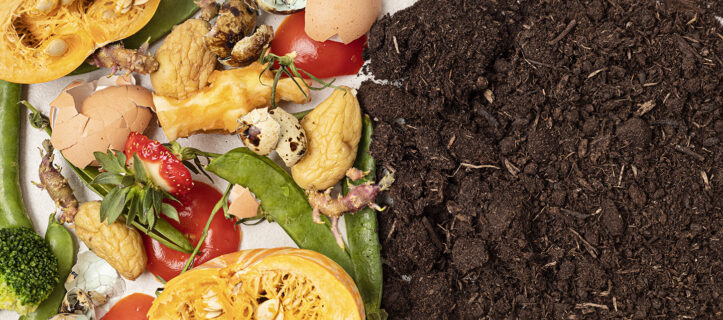
Some cities provide residents with separate waste bins for biodegradable household garbage. This organic trash is picked up by trucks and taken to a special compost facility. Then compost can then be used to nourish parks and public gardens. Composting is a great way to recycle!
Hazardous Waste
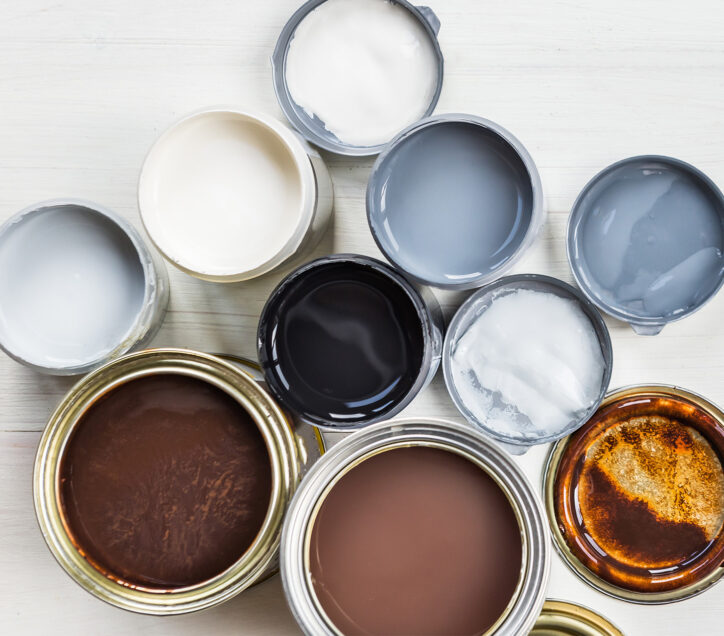
Some of the things that we can no longer use cannot be recycled, repurposed, or be safely put in the landfill. Old refrigerators, electronics such as computers and mobile phones, and unused paint are unsafe to throw away because they create poisonous chemicals that can get into our drinking water if they were put in a landfill. For this reason, city agencies often collect these types of garbage, and they are sent to special places where they are dismantled. The parts are then safely recycled or disposed of. Paint can be remixed and sold to charities or the chemicals can be reused in other ways.
People need to turn in their hazardous waste when they find it in their homes or garages. Insecticides, cleaning products, weed killers, medications, appliances, some types of light bulbs, and anything that is questionable, should be taken to proper agencies for disposal. They will make sure that it gets taken care of in the correct and proper way.
Sewage and Wastewater
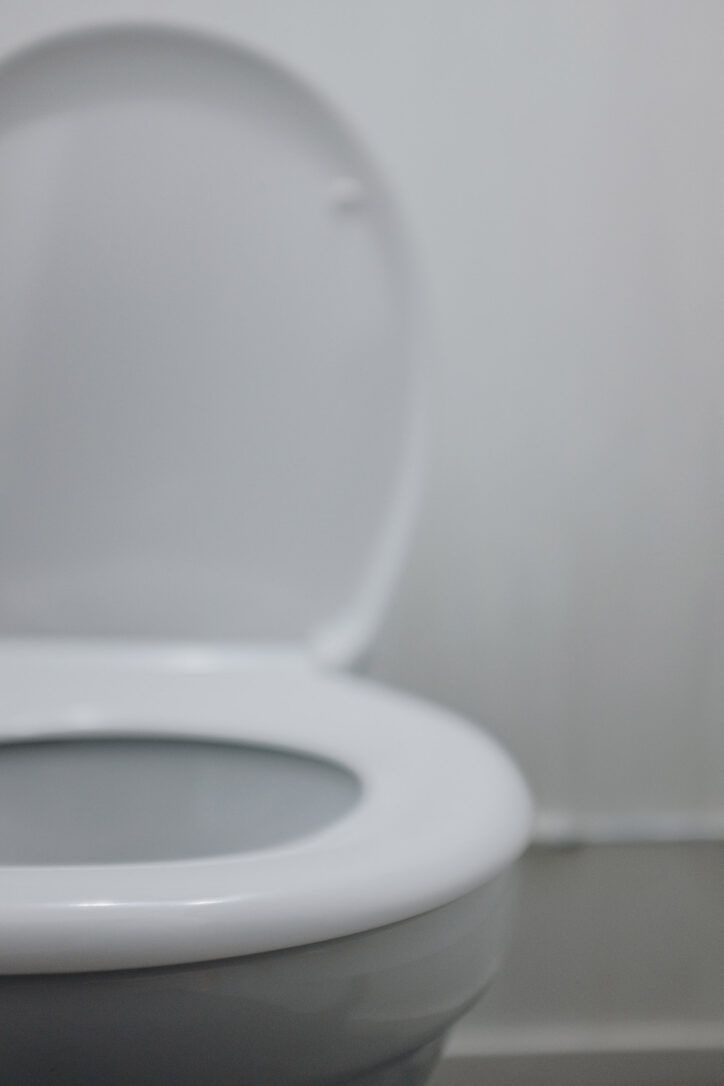
Another unavoidable aspect of garbage is that all human bodies make waste! That is why there is a bathroom in every house, school, restaurant, and hotel. But where does the waste go when we flush?
In most communities in the United States, human waste heads down a pipe system to the sewage treatment plant. There it is treated to kill bacteria and remove harmful chemicals which can get into the sewer system. Liquid waste is allowed to evaporate, which separates water from the solid waste. The water may be treated further and funneled into the local water system or into a lake or the ocean.
The solid parts are treated and bacteria is encouraged to decompose the waste. Then it is separated further and turned into fertilizer pellets or some other form of useful waste.
Sewage treatment is a complex process that protects the environment from pollution that could harm people, wildlife, and ecosystems. Learn more at Science Trek’s Sewage page.
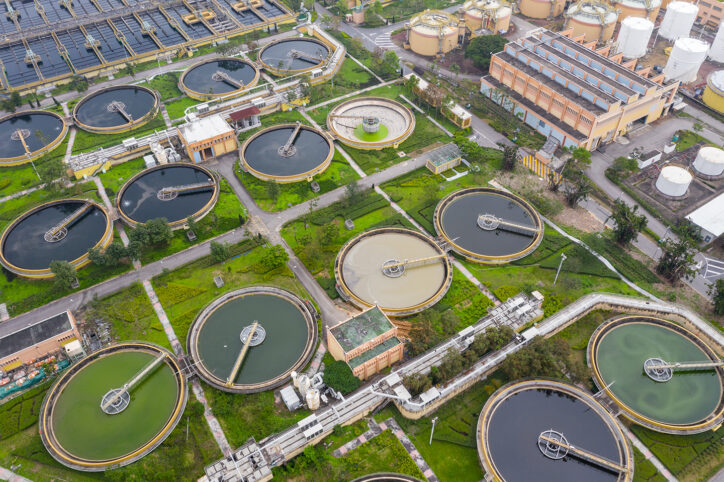
Garbage Islands

In the Pacific Ocean, several huge collections of garbage lie suspended in the water. They began in the 1950s and continue to grow on a regular basis. Most of their content is plastic which is non-biodegradable. The ocean currents have gathered these trash heaps from all of the garbage which is discarded into the ocean. These collections of trash are massive. The Great Pacific Garbage Patch covers a surface area of 620,000 square miles (1.6 million square kilometers) – twice the size of Texas. You can find more information at this NOAA site.
This garbage is dangerous to wildlife. Birds and some sea creatures regularly gather near the garbage island looking for food. They can get tangled in plastic bottle carriers or eat plastic pieces. The carriers can get tight around their necks or legs and cause them to choke or drown. The ingested plastic can get caught in their throats or lodge in their intestines.

These dangers are not just found in the ocean. They can happen to wildlife when garbage is thrown along the side of the road or whenever it is not disposed of properly. That is one reason why it’s so important not to litter, and to always dispose of trash in the appropriate containers.
Interesting Garbage Facts
- Powerful magnets are used at landfills and recycling centers to sort out metal objects.
- Plastics have numbers on the bottom of them to help recyclers identify which type of plastic the item is made from. This helps them use the plastic for the right purpose.
- Glass keeps its color when recycled, so green glass is used again as green glass in its next life. Glass can be recycled over and over again.
- Recycling keeps extra carbon dioxide out of the environment.
- A used aluminum can be recycled, reformed and put back on the grocery store shelf in less than 60 days.
- It takes 95 percent less water and energy to recycle a can than to manufacture a new one.
- It takes less energy to create paper from recycled products than it does to create paper from a tree. Recycling one ton of paper can save 17 trees, 7,000 gallons of water, two barrels of oil, and 4,000 kilowatts of electricity.
- When a landfill is closed, sometimes the land can be turned into a park or natural area. Mile High Stadium in Denver is built on a former landfill. Freshkills Park in New York City was once the world’s largest landfill.
Garbage will always be a part of human life. It is important that we all take steps to reduce the amount of "throw-away" trash we produce to help create a healthy, sustainable future.

Fun Links
Recycle City – Explore all the ways city residents reduce waste, reuse and repair things, recycle their trash, and compost. There’s lots to do here!
Planet Protectors – Be a detective and defeat the Garbage Gremlin.
Reduce, Reuse, Recycle – Explore these great ideas just for kids from the National Institute of Environmental Health.
Ideas For Reducing Waste – Find out what you can do from the EPA.
Trash and Climate Change activity book – Do the puzzles and games to learn more about how reducing waste helps with climate change.
Recycle Facts for Kids and 16 Fun Recycling Facts for Kids – Surprise your friends with these amazing facts.
Wally’s World of Fun – Have fun with these videos, songs, and storybooks.
Ollie Recycles – Join Ollie as he discovers how to reduce, reuse and recycle.
National Geographic Kids: Trash – Learn about plastic pollution, composting, waste-free lunches, and how you can make a difference.
National Geographic Kids: Tour a Recycling Center - Find out what happens to recycled items after they leave your house.
Nature’s Recyclers – Download and print this coloring book.
Make a Composter – Make rich, healthy soil in a 2-liter soda bottle.
Take a look at these fun videos about trash, garbage, and recycling:
- SciShow Kids: How Recycling Works!
- SciShow Kids: How Plastic Hurts the World
- SciShow Kids: How Compost Is Made
- A Day in the Life of Your Garbage and Recyclables
- How Trash is Recycled: A Field Trip
Wonderopolis – Find out where the world’s largest pile of trash is located.
Ask the Expert: A Career in Waste Management -- Is a career as a sanitation engineer in the future for you? The need for skilled workers in the field of waste management will continue to grow! Learn about the job of an environmental sanitation engineer who discusses his work at a landfill and a recycling center.
Top 10 Questions
May 2014
Thanks to Ted Hutchinson, Solid Waste Deputy Director, Ada County Solid Waste Management; and Megan Durrell, Trash and Recycling Coordinator, City of Boise Public Works Department for the answers.
-
How does garbage affect Earth's ecosystems?
The proper management of garbage is the key to not having an adverse impact on the ecosystem. The materials that are in garbage can cause pollution in our soil, water and air. Diseases that are in garbage can be carried by birds and bugs, and these diseases can adversely impact humans. Garbage is the end result of our purchasing practices. The impacts of what we buy and what we discard as garbage definitely have an effect on our environment during manufacturing and disposal. (From Indigo at Anser Charter School in Boise)
-
Why does garbage smell?
Garbage smells because of the decomposition process. Microbes and bacteria live on garbage. They consume garbage and the byproduct they produce tends to be odiferous. The fresh trash smell that we smell inside of our garbage cans has oxygen present as the organic materials decompose. Once the garbage is compacted and in a landfill, the oxygen is used up and the process will become anaerobic where the byproduct is landfill gas. This is a very unique smell and is rather pungent and not very pleasant. (From Riley at Hillcrest Elementary School in Boise)
-
3: Where does garbage go at the dump?
The garbage goes to the dump. It's brought to the dump in a variety of vehicles, like trash trucks that pick up trash from the neighborhoods and businesses. The garbage is taken to landfills where it is crushed and buried. The landfill where the Boise trash is taken is 85 feet deep. (From Jackie at Basin Elementary School in Idaho City)
-
Why do we separate trash and recyclables?
We separate trash from recycling to make it easy to identify what can be recycled and what cannot. It's like separating your laundry before you wash it. It makes the system more efficient if the recycling is put into one pile and the trash into another. It also helps you know how much of your trash is recyclable. This method of handling the trash is more efficient and more affordable for the trash and recycling services. (From Brooke at Dalton Elementary School in Dalton Gardens)
-
Is there any way to get rid of garbage other than putting it in a landfill?
There are a lot of alternatives. One of the best ways is to see if your waste is recyclable. It is really important to recycle paper because if it goes to a landfill, it can take decades to degrade. Also, if waste is not put into a landfill, it can be incinerated, meaning it is mass burned. In certain communities, gasification or plasma technologies are used. Differing methods are developing all the time. (From Francis at Anser Charter School in Boise)
-
How does garbage decompose in the ground?
Decomposition is a natural process. Microbes and bacteria on the trash consume the organic materials. Garbage is also subjected to oxidation, where metals rust. This is where the metals combine with oxygen, causing them to break down. Other chemical reactions in a landfill also occur that help to break down the material. However, decomposition is the primary means that garbage breaks down. (From Gabe at Riverside Elementary School in Boise)
-
Why does the garbage truck crush the garbage?
Garbage collected curbside from your home is put into a compacting truck and is crushed. This maximizes the space on the truck, making more room so more trash can be picked up with fewer trips to the dump. The more garbage they can pick up, the more efficient it is, resulting in less impact to the environment through air pollution. (From Brody at Dalton Elementary School in Dalton Gardens)
-
What does recycling do for our health and the health of our earth?
Recycling is a process of turning one product into something new and reusing it for a long, long time. It means not harvesting more trees and not mining more raw materials. It's about resource conservation. Recycling keeps materials out of the landfill, and because there are chemical processes that occur that can make products hazardous to our health, the less we have going to the landfills, the less impact we will have on our environment. (From Elise at Anser Charter School in Boise)
-
Why do we bury garbage?
We bury our garbage because we have to manage the material that we're throwing away. We don't want to leave it where the wind will blow it around or where animals can carry it off. We do need to make sure that we control where the material goes. It works best for our society to have one place where the trash goes. It's very cheap to put it in a landfill. Hopefully, overtime there will be new technology that will remove the necessity to put trash into a landfill. (From Isaac at Dalton Elementary School in Dalton Gardens)
-
How do garbage trucks get all of a city's garbage in one day?
Typically, we take a neighborhood and carve it like a pie with equal portions. Then, we make sure we have the right number of trucks and staff to cover a specific collection area. We don't pick up everything in one day. We divide it up and do about one fifth of a community on Monday, and another fifth on Tuesday, and so on. (From Kaylynn at Basin Elementary School in Idaho City)
